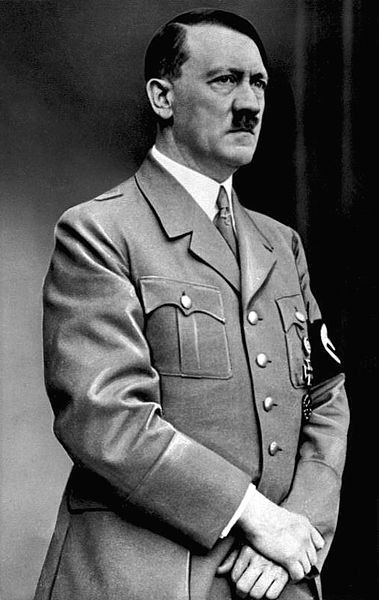Nazis Fed Crystal Meth By Adolf Hitler To Keep Up Strength During World War II

There's no denying the corruption of German dictator Adolph Hitler's actions during World War II, but was the Nazi party leader actually feeding his soldier's drugs to keep them alert and functional? Recently published letters from a Nazi soldier report the army's use of a "miracle pill" called Pervitin or, as we know it today, crystal methamphetamine.
Letters from German author Heinrich Böll feature accounts of a pill administered by Nazi health practitioners that was promoted as an "alertness aid." Böll later received international notoriety as the most famous post-war writer and won the Nobel Prize for Literature in 1972.
In the letters published Monday by Der Spiegel, Böll even exhibited signs of drug dependence and withdrawal while taking the highly addictive compound.
While serving in Poland at the age of 22, the young soldier admitted to feeling "cold and apathetic, completely without interests," when provisions of Pervitin were limited.
Another letter dated November 9 1939 read, "It's tough out here, and I hope you'll understand if I'm only able to write to you once every two to four days soon. Today I'm writing you mainly to ask for some Pervitin... Love, Hein."
To ensure all branches of the military were receiving Hitler's secret weapon, Nazi health officials began issuing methamphetamine-laced chocolates. Fliegerschokolade, or "flyer's chocolate," was given to Nazi pilots, and Panzerschokolade, or "tanker's chocolate," was given to soldiers on board Nazi tanks.
Pervitin, introduced to the drug market by German drug maker Temmler Werke in 1938, was noted for its excessive stimulation of the central nervous system. Working just like today's methamphetamine compound, Pervitin increased the production of dopamine, a neurotransmitter responsible for euphoria.
The white, bitter tasting power can be swallowed in pill form, smoked as a crystal or powder, or injected by a needle.
According to the Substance Abuse and Mental Health Services Administration, in 2004 1.4 million Americans over the age of 12 used methamphetamine. And from 1993 to 2003, the amount of patients treated for methamphetamine abuse grew from 13 to 56 admissions per 100,000 people.
Published by Medicaldaily.com



























